RUSSIA
Russian TV: Norway is in the midst of a vegetable crisis. Norway: Uh, no we’re not.
According to Russia’s Channel One, the nation’s largest broadcaster, a vegetable shortage has Norwegians stores limiting the number of veggies customers can buy.
Published: 9 February 2017 15:11 CET

A spokeswoman for Norway's largest vegetable distributor dismissed any talk of rationing. Photo: Gorm Kallestad / NTB scanpix
“It is for example only allowed to sell a few heads of cabbage, broccoli and lettuce per person,” the station’s evening newscast Vremya reported this week.
But any vegetable shortage comes as news to Norway’s largest vegetable distributor Bama and supermarket chain Coop Norge.
“The day there is rationing of vegetables, I think I would know about it,” Bama’s head of information, Hanne Linnert, told NTB.
While it is true that problems in Spain have limited the delivery of vegetables to countries like Norway, Denmark and the UK there is no rationing of products.
“This looks like it falls in with the trend of fake news that we have seen so much of over the past year. They often have a grain of truth to them but get incredibly distorted or exaggerated,” Malin Østevik, a researcher on Russia, Eurasia and the Arctic at the Norwegian Institute of International Affairs, said.
Url copied to clipboard!

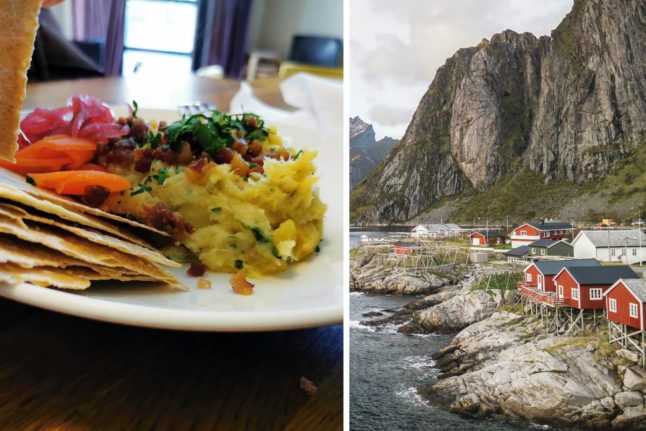

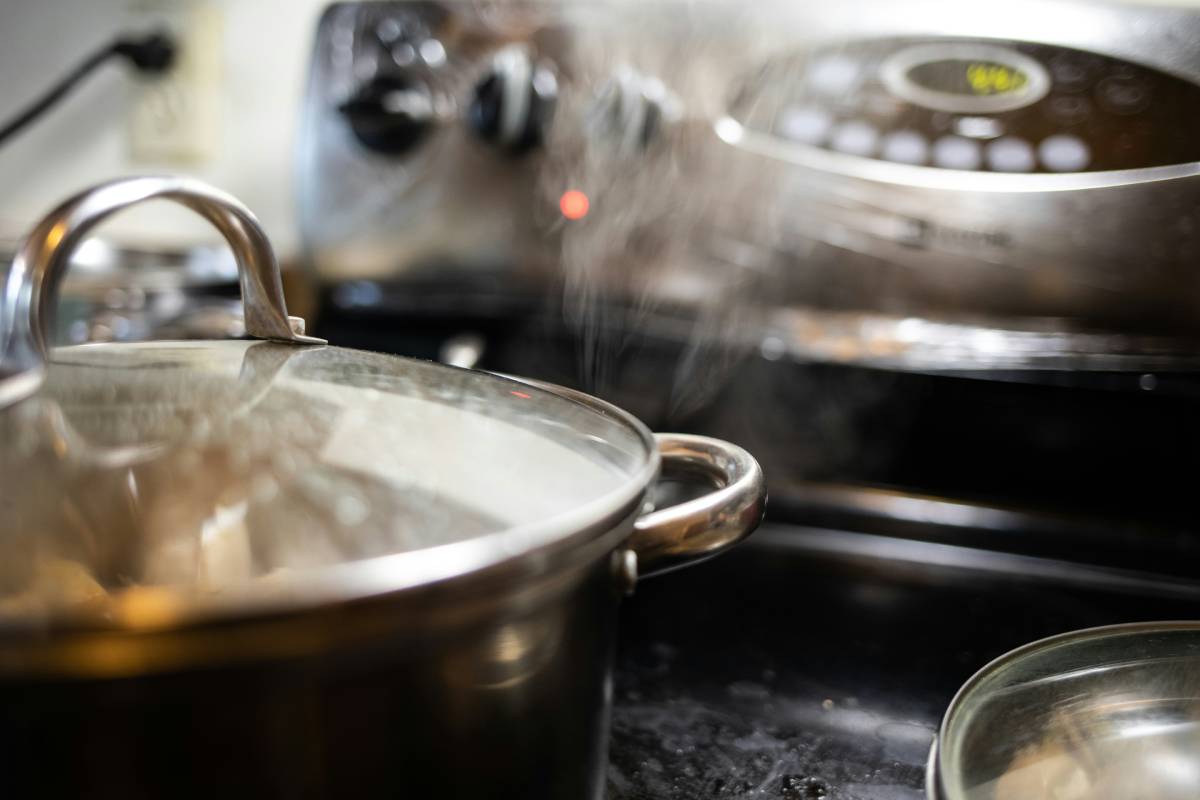
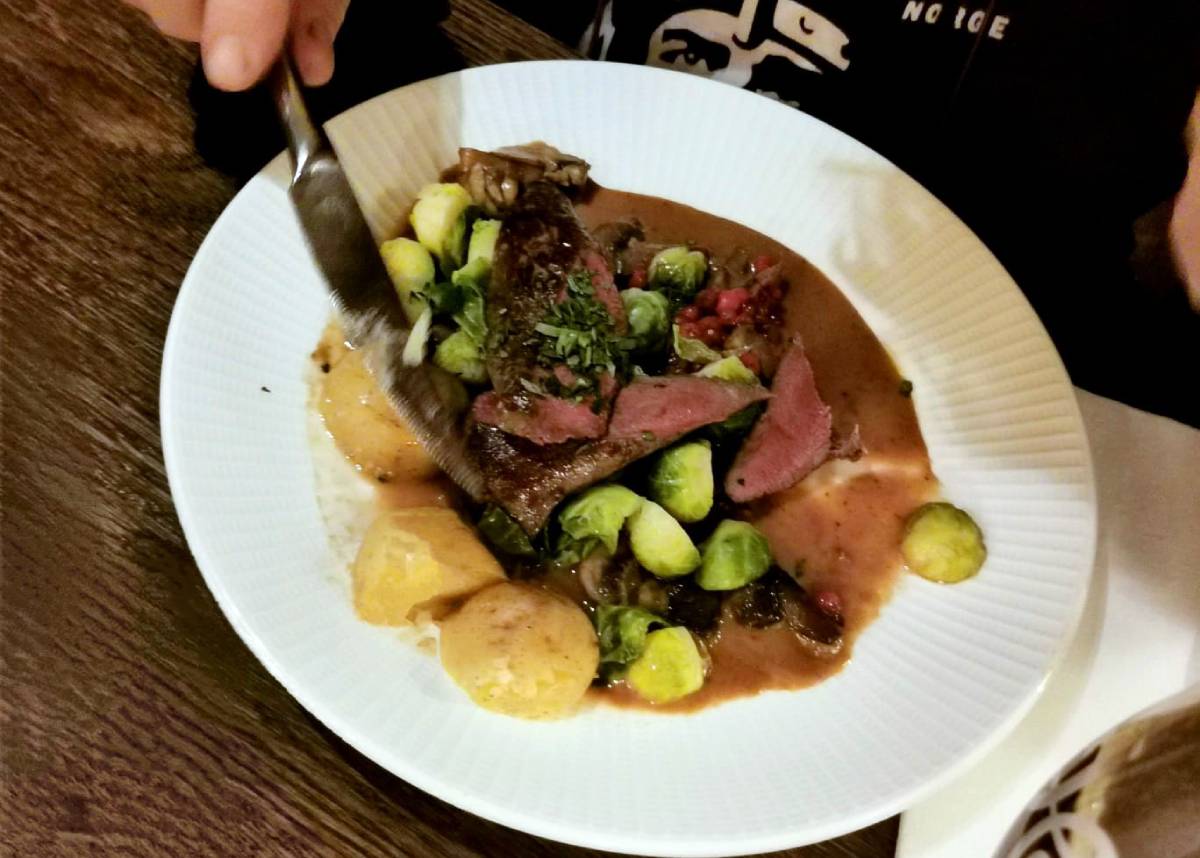
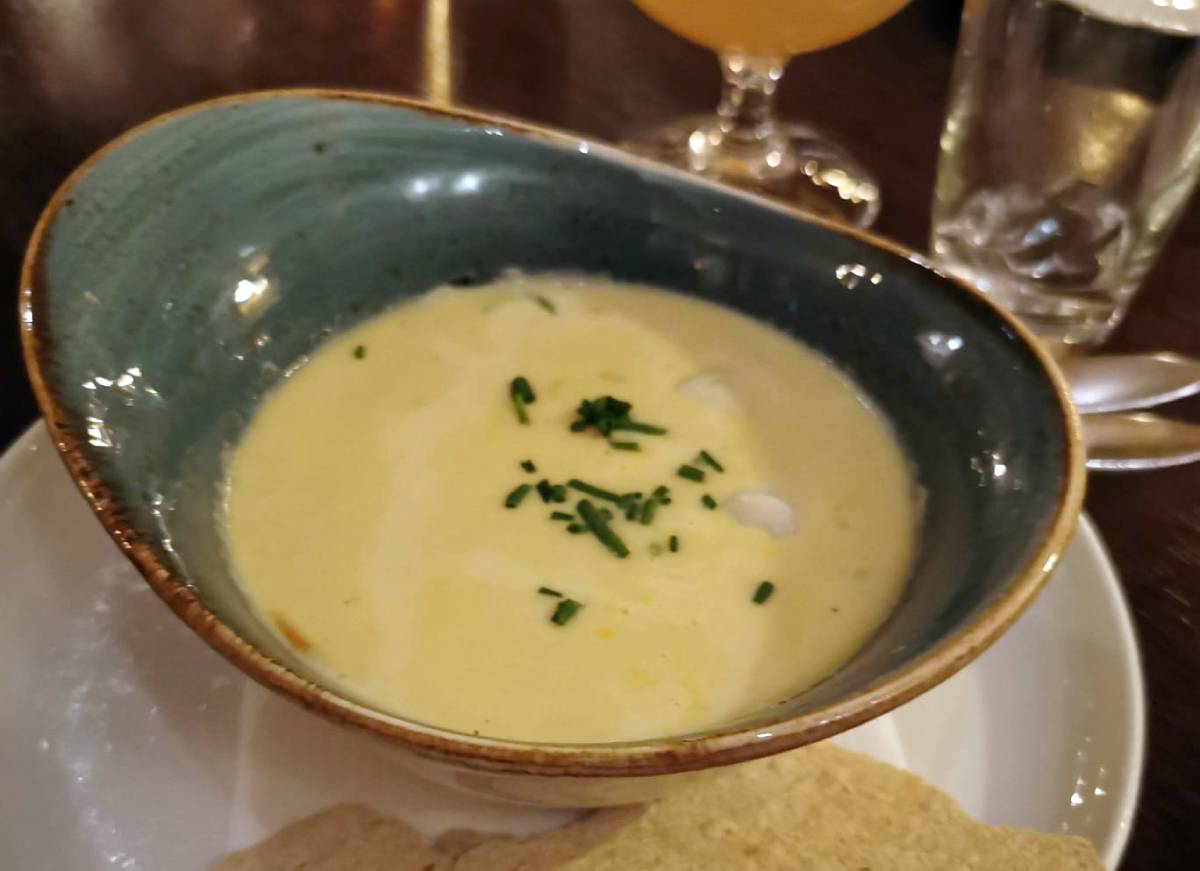
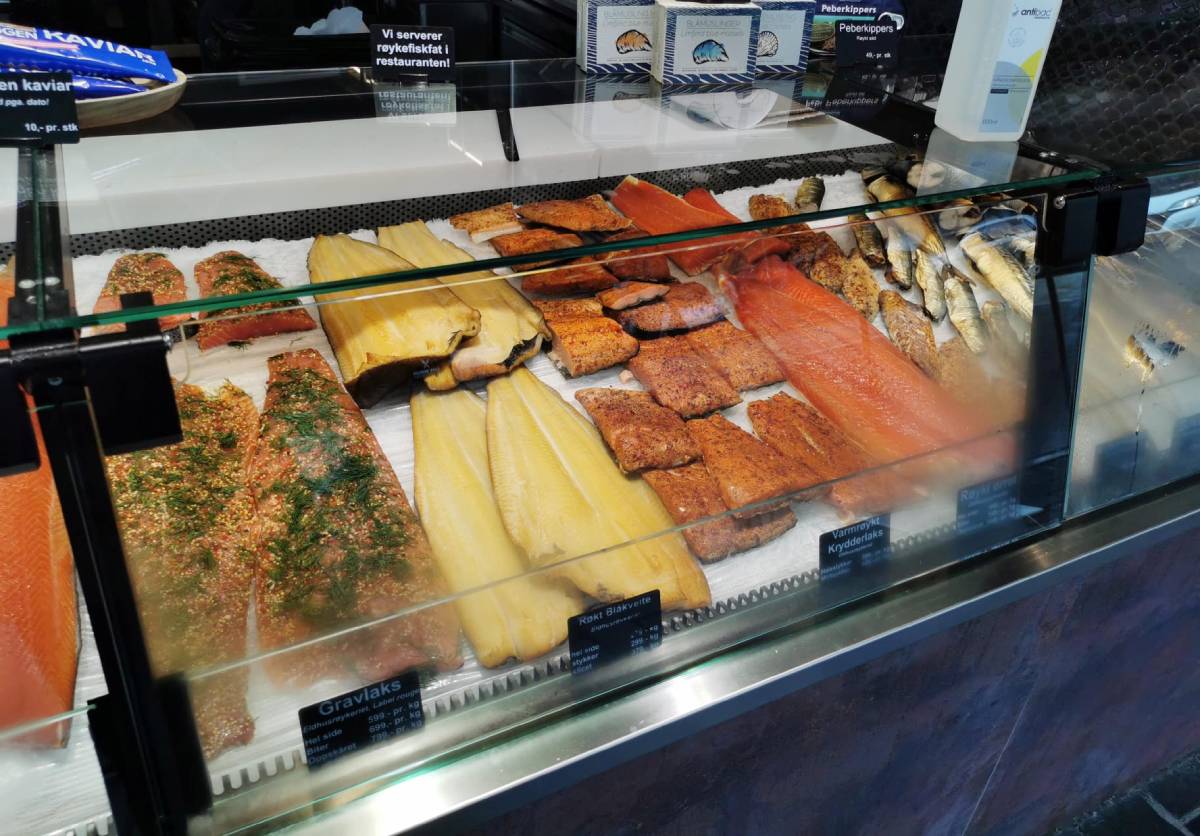
 Please whitelist us to continue reading.
Please whitelist us to continue reading.
Member comments